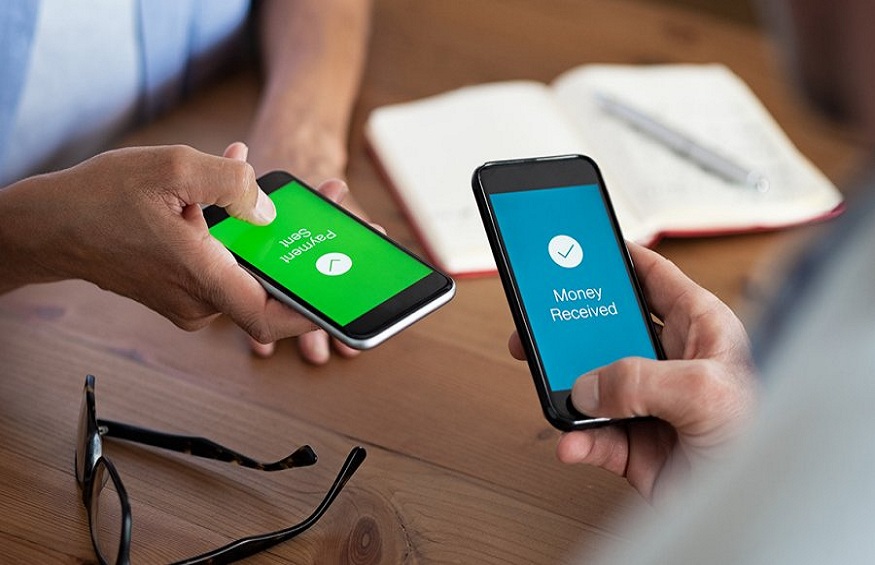Credit Cards Are Safer than P2P Payment Apps: Here’s Why
These days, you won’t run out of options when it comes to making payments for your purchases. Aside from cash, you now have credit cards, debit cards, and the newest member of the family, peer-to-peer (P2P) payment services.
In fact, millions are already using apps like Venmo and CashApp mainly for their convenience because if you have a phone, you can make payments just about anywhere.
But the question is: can these P2P payment apps offer the same security that credit cards like Mastercard and Visa offer to their customers?

Pros and Cons of P2P Payment Apps
There is no denying that P2P payment is now one of the most convenient options to pay for purchases, especially with the pandemic. In fact, it is now expected that over $1.152 trillion of transactions will be done through P2P payment apps by the end of 2023 (Kats, 2021).
But convenience doesn’t always relate to safety, especially since there are now concerns of fraud and disputes from these payment channels.
It is because P2P payment apps, unlike credit cards, don’t offer a dispute-resolution process or any form of consumer protection measures. Yes, they are convenient to use because you’re only transacting through your mobile phone, but you’re also risking losing money if something goes wrong with your transaction.
For instance, if you mistakenly sent your payment to the wrong mobile number, that transaction can’t be reversed, which means that you need to send another payment to the right merchant.
The P2P app will have no responsibility for this transaction since you processed the payment yourself and it only served as a channel for that payment to be delivered to the merchant.
Fraudsters Smell Opportunity
Of course, this type of payment will have fraudsters smiling in excitement because it offers them an opportunity to create scams that are not as easy to track as those transactions using credit cards.
There’s also a lack of proper knowledge about using these P2P payment apps since consumers can download and use them right away without reading any terms and conditions.
In fact, more than half of respondents in a recent survey of people 18 and older done by AARP said that they thought they could get their money back from these app companies if something goes wrong with their transactions.
Others even think that they’re getting the same fraud protection program as bank and credit card companies, but they don’t.
Credit Cards Are Still Safer
Although you can’t deny the ease and convenience of processing payments through P2P payment apps, credit cards are still the safest way to pay because it protects both the consumer and the business.
With trustworthy high-risk merchant account processors, merchants and consumers can safely and conveniently transact payments without worrying that their information is stolen or that their cards will be used in fraudulent activities.
P2P payment apps, on the other hand, still have a long way to go when it comes to making their systems safer and more secure.
Citation
Kats, R. (2021, April 19). How the biggest mobile P2P payment players stack up. Insider Intelligence.


